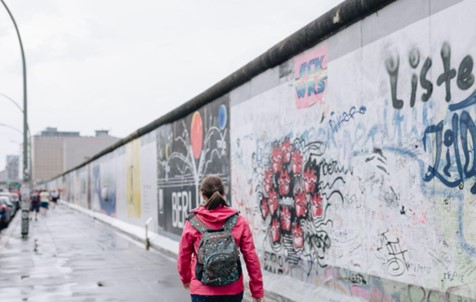The End of Communism in Europe
communism
Europe
November 9, 1989, an auspicious date for the Europeans, signifies the end of the brutalities of communism in Eastern and Central Europe! The wall of Berlin was a sign of the Iron Curtain that symbolized communism. But on this day, thousands of exuberant Germans banned together and brought down the wall that ended a long-standing war that brought much-needed freedom for the citizens of Europe!
.jpg.aspx)
Impacts of the End of Communism
The end of the Cold War provided the freedom to the people, but the economy and political situations in the affected areas took a big hit. The years that followed after 1989 faced a lot of economic decline and transition that resonates with the people till today.
People view that era with different points of view, making it difficult for them to understand today’s political and economic methods. When the fall occurred, the trade systems went disarray; crime rates reached the skies, and the corruption took a turn for the worst. It took several years to get everything back to normal and reduce the crimes and corruption in the continent. The economy took time, but it also started normalizing as the political parties took control.
People view that era with different points of view, making it difficult for them to understand today’s political and economic methods. When the fall occurred, the trade systems went disarray; crime rates reached the skies, and the corruption took a turn for the worst. It took several years to get everything back to normal and reduce the crimes and corruption in the continent. The economy took time, but it also started normalizing as the political parties took control.
Benefits that Followed the Fall of Communism
Communism had restricted many privileges that we find normal. People who lived under communist rules did not find these rules normal. However, after the fall of communism, these people understood the benefits that it provided, which include:
- No secret law enforcement or political prisons
- The freedom to leave the country without unnecessary permissions
- The independence of owning land and converting currency to foreign money.
- Freedom of speech and no unfair imprisonment
The fall of communism in Europe was the best thing to happen to the Europeans, and now you can travel the entire continent without any restrictions!